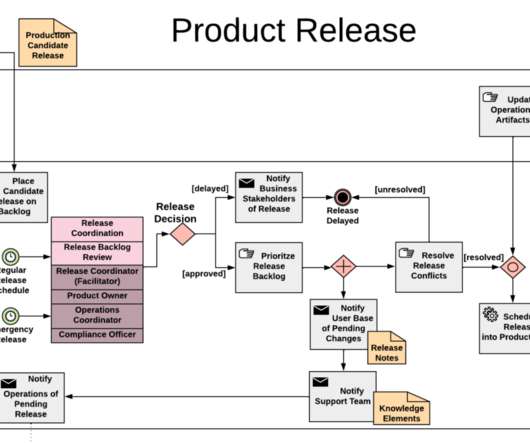Software bill of materials: What it is and why you need one
CircleCI
MAY 19, 2022
CycloneDX can document component types including applications, containers, libraries, files, firmware, frameworks, and operating systems. Conserves organizations’ time and resources by detecting vulnerable parts in the early design phases of the software development life cycle (SDLC).
















Let's personalize your content